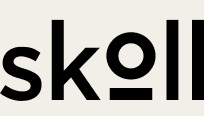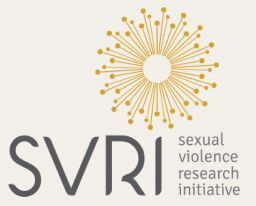April is usually a very busy month for Meedan. While our partners work remotely most of the year, conferences are concentrated bursts of productivity for journalists, fact-checkers, and civic tech developers. The emergence of COVID–19, the novel coronavirus, has led to the cancellation of most conferences focusing on Internet freedom, journalism, and technology.
Check, the project we were hoping to present in person, is being used to address everything from health misinformation to political disinformation, on platforms like WhatsApp, Twitter and YouTube. In the midst of our work, we’ve seen a rising trend in COVID-19-related content, and public health and science communication experts have been helping us respond to this pandemic, as fact-checkers use Check to ensure accurate information can be returned to places where rumors and inaccurate health information usually spread.
We don’t want to put our communities at risk, but this year it’s more critical for us to accomplish what we usually do at conferences. While we are disappointed that we won’t be seeing our colleagues in person, there’s an opportunity here. There have always been many reasons to have a virtual conference, but now there are more people and organizations motivated to do something about it - there are entire industries going virtual. At Meedan, we strongly value equity, diversity and inclusion amongst both staff and partners. If we work on this issue during a pandemic, we can make conferences more accessible for everyone as a long term goal too. Participants from emerging economies often have difficulty getting visas to attend conferences. Global climate change has led several people to forgo airplane travel. Parents have to skip conferences when childcare isn’t available. Some disabilities make travel difficult, and the disability activism community has long called for improvements to technology for remote participation.
Remote participation has been used by several conferences to enable attendance for people who cannot travel. While this has been effective for panelists, purely virtual conferences are not widespread, and they lack virtual versions of useful conference activities. Many of the open source tools we use were designed by covering walls in a massive number of sticky notes.
This is an invitation to you all. What do you need from a virtual conference? What do you think of existing solutions? What works for you, and what doesn’t? Do we need to work on something new?
We started with the activities we find useful:
- Presenting talks and slides
- Presenting product demos
- Audience questions
- Breakout sessions
- One-on-one discussions
- Introducing conference participants to each other
- Un-conference formats
- The equivalents of whiteboards and sticky notes
We came up with some user stories. Many of the virtual conference tools we’ve looked at were designed for big tech companies. Big commercial conferences have massive budgets and lax privacy policies. Our usual conferences have small budgets and high levels of security awareness. For instance, many of us wear lanyards that indicate that we don’t want our photos taken. Here are some of the people we’re thinking of. If we have left something out, let us know!
- This participant has a compromised immune system. Any conference involves risk. Disclosing a disability, however, is not always feasible. Because remote participation is not an option at many conferences, they cannot perform their job without traveling. As long as there are ways to watch talks, submit questions, and communicate with other participants, this person’s needs are met.
- This participant lives in a region or country with limited access to a fast Internet connection. Any virtual conference technology has to take low bandwidth environments into account.
- This participant has a passport or legal status that makes it difficult for them to travel. They often get rejected for visas, even when they are a featured speaker at a conference.
- This participant lives in a country that censors the Internet and arrests journalists. In order to participate safely, they can only go to conferences with a no photo or video policy, whether this is a blanket ban or attendee preferences can be signaled by the color of their conference lanyard. Any virtual conference technology must allow private access, allowances for pseudonyms, participation without voice or video, and possibly compatibility with censorship circumvention technologies.
- This participant is Deaf. Their technology needs may include live captioning, participation by typing, a sign language interpreter, clear video of presenters to enable lip reading, or clear audio from participants depending on their level of hearing and their own accessibility technology.
- This participant is blind. Virtual conference software needs to be compatible with screen readers, and presenters should consult with an accessibility coordinator to make any of their presentation materials compatible.
- This participant may have problems understanding one or more of the conference languages. They may need live translation, or just subtitles in order to cope with various accents and dialects.
- The participant is a caregiver and cannot always log in at the exact time of the presentation. They may need transcription or access to recordings, with the ability to ask questions of the presenter at a later time.
- People who need mobility aids face obstacles when traveling. Wheelchair users often get broken chairs back from airlines. When these chairs are custom fit, there are no temporary replacements that can make participating in a conference a pain-free experience. Power wheelchairs are very expensive, so travel can mean gambling with one’s mobility for a long time after a conference.
- This participant has modest tech skills and may need help with operating the interface for online meetings. Usability is an access issue.
We’re working with our communities to make lasting change out of this emergency situation. The civic tech community is evaluating software and practices for conferences and hackathons. We’re also expanding our online developer community. Let’s build something together!
Email us at hello@meedan.com to get started.
We collaborated with 53 partner organizations worldwide to design and carry out our 2024 elections projects. We extend special gratitude to our lead partners in Brazil, Mexico and Pakistan, whose work we highlight in this essay.
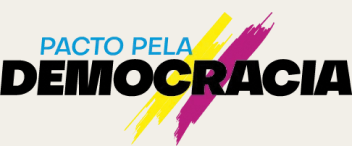
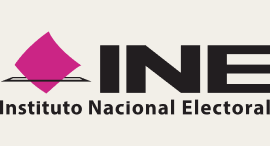
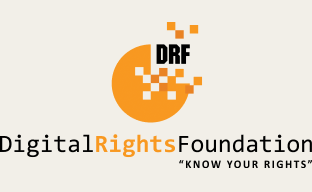
The 2024 elections projects featured in here would not have been possible without the generous support of these funders.
